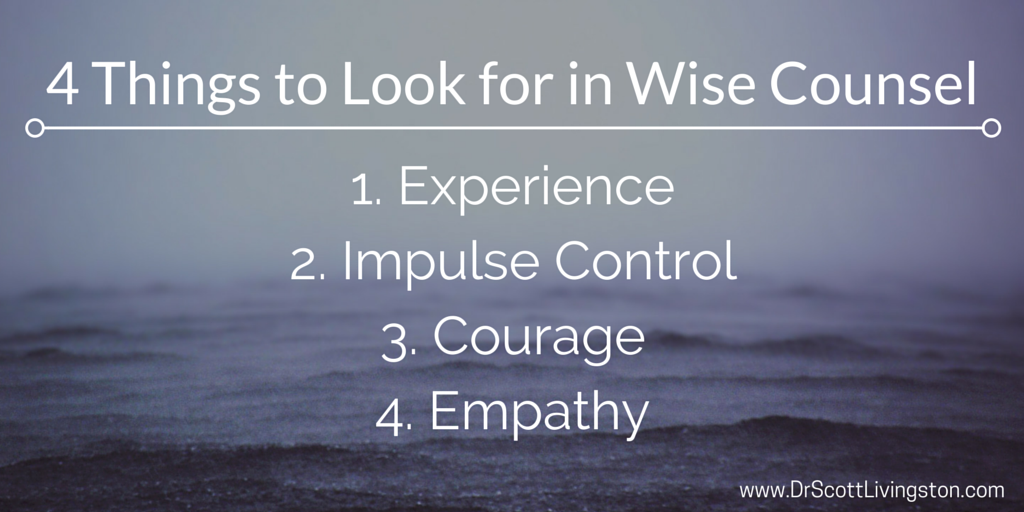I know it is going to be an interesting conversation with a coaching client when the conversation opens with,
“I am really struggling with so and so on my team. We just do not have a very good relationship. Do you have any advice for me?”
For me, being a coach is about the person I am working with figuring out what is going on inside of themselves so they can get the responses or actions they desire. My desire is to function more like an investigator rather than an oracle. Rather than providing advice, I find myself asking a lot more questions.
When I hear a client tell me of relational struggles, many questions come to my mind. I really have to think about what direction I want the conversation to go. Here are some questions I find myself wanting to get curious about:
Why the struggle?
What is it about so and so that makes this difficult?
Do you feel this way about others on the team?
What does a good relationship look like to you?
Do you have good relationships with other team members?
Are there contexts that are affecting the relationship as opposed to it being about the person?
No matter which of these questions I ultimately ask, the answer is usually one that is a surprise to me. So, if I would ask, “Why the struggle” I would get back something like “The person reminds me of someone from my past who treated me horribly.” Or I get something like, “They are such a micromanager, the further I stay away the better.”
This is where as a coach, I have to practice what Edgar Schein calls “Humble Inquiry;” asking the question to which you don’t know the answer with an attitude of interest in the other person.
Schein says that as the leader in the conversation it is up to me to humble myself. This means that I have to put my needs and desires aside and really focus on the person in front of me and what they need at the time. This can be really hard.
It would be so easy, rather than to ask a follow up question, to relate an experience I have had in the past and to rush in and solve the problem for the other person. For example, I could share how I once had a boss who was a micromanager and what I did was to learn to anticipate what they needed so when they dug in they could see it was already done.
This is exactly what my coaching client does not need from me.
I have to humble myself, to realize that it is not about me. It is about the person I am coaching. Once I do this, I am ready to discover more about what the issue really is. I am ready to get curious and inquire.
Humble Inquiry Questions
These types of questions are not difficult. They are short and very open-ended. They spark immense curiosity into the conversation. Here are 4 of my favorites:
Say more about that.
Tell me more.
Can you elaborate?
What was that like for you?
The goal of the Humble Inquiry line of questions is to get the client to unpack more of what is on their mind. I am always amazed at how being curious around meaning takes the conversations to places I did not expect it to go. It is a bit like going to Disney World; I know it is going to be fun, I just don’t know what I am going to discover when I get there.
My Number One Hack For Improving Relationships
Take them to lunch!
That is it. It really is that simple. Invite the person you are struggling to develop relationship to lunch. Your only objective is to get to know them better.
Although most studies indicate that sharing a family meal contributes to communication and family relationship development, many theories and research indicate that it is the specific practices at mealtime rather than the food itself or the biological family ties that create the real value (Larson, Branscomb, & Wiley, 2006).
In one case study by Watland, Hallenbeck, & Kresse, (2008) police officers enrolled in an MBA program who shared a meal together once a week. More than 69 percent of the participants indicated that their interactions with each other had positively affected the work of the department.The initial interactions amongst participants were built on getting to know each other better. This soon translated to a deeper knowledge and level of trust and the group began relying on each other to solve problems in the work setting.
Most sociologists tell us that it is not the food, but the dedicated mealtime, that is the developer of social bonds. I would propose that while eating, you can not talk as much and you are forced to listen more. If you really are enjoying your pizza so much that you would rather ask a short question and get back to the sausage and pepperoni then maybe, just maybe, you will be nourished not only physically but spiritually as well.
So, if you are struggling with a relationship, invite them to lunch! What harm can it do?
While it may not solve all the problems, I think you will find if you practice Humble Inquiry, it is a step in the right direction.
Bon Appetit!




















